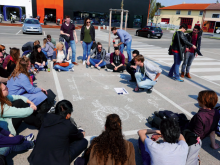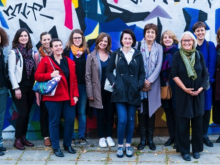Austria
Approximately 65% of Austrians (almost 8.5 million people) live in urban agglomerations, 71% of the jobs are situated there. Most of the Austrian cities are small and medium sized cities. Vienna, the capital, is with 1.7 million inhabitants the biggest city, followed by Graz (270,000), Linz (190,000) and Salzburg (140,000). They all face the challenge of an annual growth rate of more than 10% within their urban agglomeration areas.
So the issue of cooperation in agglomeration areas (urban areas and their neighbouring rural regions) is a major topic. Cooperative and integrated governance models towards joint development strategies should be found on challenging topics like settlement development, traffic and noise. Due to population increase in urban agglomerations and current development of prices, affordable housing is a topic of crucial importance. Instruments for the reduction of housing expenses have to be found. Another challenge in the next years will be the development of strategies for smart cities and regions to ensure successful implementation of technological and social innovations.
SOME RELATED NETWORKS
ActiveCitizens
Urb-En Pact
CREATIVE SPIRITS
National URBACT Points
Article
The housing paradox: what can local municipalities do?
Article
The housing paradox: more financing - less affordability?
Article
Are you working on fringe?
Article
Gender Equal Cities: Inspiration from Vienna
News







